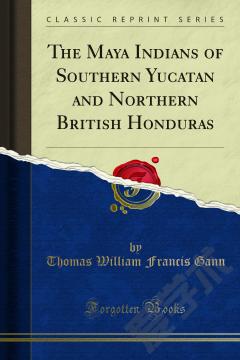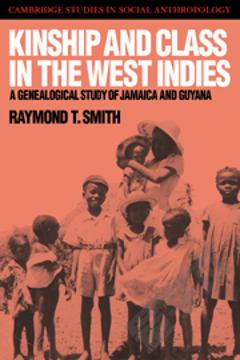Ethnographical Survey of the Miskito and Sumu Indians of Honduras and Nicaragua
The Miskito and Sumu inhabit the Atlantic side of Honduras and Nicaragua, from Rio Tinto or Black River (lat. 15° 50' N.) to Rio Punta Gorda (lat. 11° 30' N.). While the Miskito are found chiefly along the coast the Sumu are an inland tribe and extend westward within a short distance from the settlements of the Spanish-speaking population.Together these two tribes occupy the larger part of the vast region generally known by the name of Mosquito Coast. This territory reaches from Cabo Honduras, near Trujillo, to Rio San Juan, at the Costa Rica boundary; that is, from the eleventh to the sixteenth degree north, an extension of about 550 miles by sea. From Cabo Honduras the coast runs at first in an easterly direction, then southeast as far as Cabo Gracias a Dios, whence it extends nearly due south.Columbus, who discovered the country in 1502, gave the name Costa de Orejas Coast of the Ears to that part situated to the west of Cabo Gracias a Dios. The southern district of the Mosquito Coast became known in those days as Cariay or Cariari, Veragua or Keragua, Castilla del Oro Golden Castile. These names were superseded by the Spanish-Mexican terms Taguzgalpa and Tologalpa, which stuck practically throughout the colonial period.The-name Mosquito Coast (Mosquito Territory or Mosquito Shore), employed by the English, has been taken from that of the principal Indian tribe, the Miskito, erroneously called Mosquito; the Spaniards translated it into Mosquitia and Costa de Mosquitos (Costa Mosquita). Many believe that this name has arisen from the numerous mosquitoes to be found in the country, while others think that the small islands off the coast, which lie as thick as mosquitoes, may have caused the appellation.Orography. — The shore of the Mosquito Coast is partly alluvial and partly coralline; to the south of Cabo Gracias a Dios the land is gaining on the sea, but to the north of that cape the reverse appears to be the case.
{{comment.content}}








 京公网安备 11010802027623号
京公网安备 11010802027623号